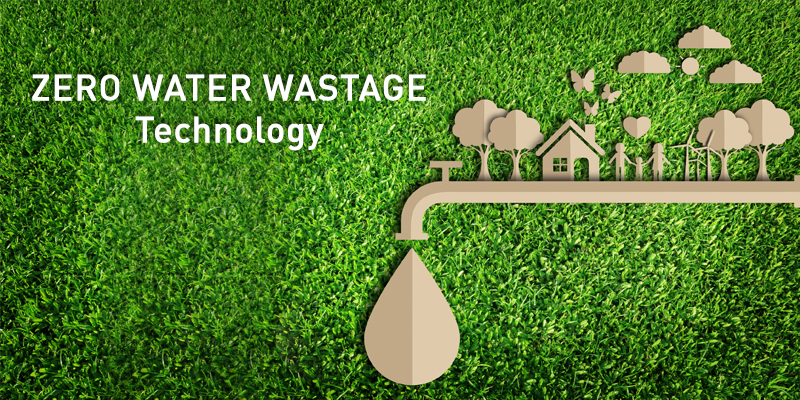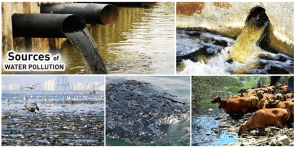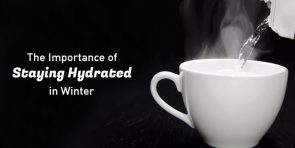KENT Zero Water Wastage Technology- a Smart Way to Avoid Wastage
We know that 75 % of the earth’s area is covered with water and the rest 25 percent is land. Out of which 97 % of water is saline, and only 3% water is drinkable. To be precise the percentage of fresh water on earth is 2.5–2.75%; 1.75–2% is in frozen form and the rest is locked in moisture form in soil or swamps. Even after such an eye-opener, are we sure that we don’t wastewater? Every time if there is water left in our buckets, or water bottles, or jugs, we throw the leftover water, assuming that the water left is no longer drinkable.
Even while using RO, i.e, Reverse Osmosis filters to acquire pure drinking water, we waste a lot of water. However, with KENT’s ZERO Water Wastage Technology, there is no water wastage while purification in the RO. We must keep in mind that water is not perishable, but fresh groundwater is perishable, and we must take the necessary steps to preserve the same.
FYI: Water Wastage Facts
- 27% of water is used for our water and bathing purposes.
- Almost 1 litre of water is wasted through any leaking tap.
- 1 flush in the toilet uses 6 gallons of water.
- An average human being wastes at least 45 litres of water per day.
- An average human wastes about 12 gallons of water through the Reverse Osmosis process (RO)
If the above stated facts alarm you, this article is for you. We are all aware of the problems and its high time that we should now try our bits to fix the problem. Let us discuss this in detail.
How to Save Water at Home
Here are some points on how to save water at home:
- Fix leaks
- Turn off taps
- Use a bucket
- Shorten showers
- Reuse water
- Use a water efficient washing machine
- Check the toilet
- Use a water purifier in the kitchen
1. Fix leaks:
A dripping tap can waste a lot of water over time. Fix any leaks as soon as possible.
2. Turn off taps:
Turn off the taps while brushing your teeth, shaving or washing dishes. Only turn on the tap when you need to rinse.
3. Use a bucket:
Instead of using a hose to clean your car, use a bucket and sponge. It will save a lot of water.
4. Shorten showers:
Take shorter showers to reduce water consumption.
5. Reuse water:
Collect and reuse the water used for washing fruits and vegetables to water plants.
6. Use a water efficient washing machine:
Choose a washing machine that is water-efficient.
7. Check the toilet:
Make sure your toilet is not leaking. Place a few drops of food coloring in the tank and see if it appears in the bowl after 10 minutes. If it does, your toilet is leaking.
8. Use a water purifier in the kitchen:
Use a water purifier like Kent fitting in the kitchen to ensure you drink clean and safe water while also reducing the need to buy bottled water.
Read also : 5 Simple and Easy Ways to Reduce Water Wastage at Home
How to Save Water in Bathrooms
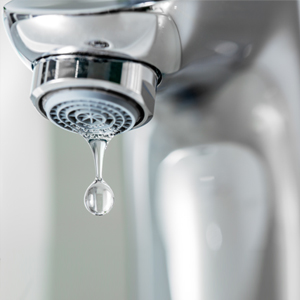
We always waste a higher amount of water in our bathrooms than any other place in the house. And that calls for necessary steps to be taken against it. Keeping a check on all the faucets, pipes and toilets for any kind of leakage at regular intervals will save around 15 gallons of water per day. Now that’s a whopping large number. Also, some basic habits of turning off the water tap while, brushing teeth, shaving beard or washing clothes will save gallons of water. Along with it, if we can stop ourselves from using our toilet as dustbins, we tend to throw dirt, tissue papers and such in the toilet and overuse flush to clean that. It is advisable to install faucet aerators in our bathrooms. The older faucets use 3 to 7 gallons of water. The new faucets use not more than 1.5 gallons of water per minute.
Also Read: How Reverse Osmosis Works?
How to Save Water in the Kitchens
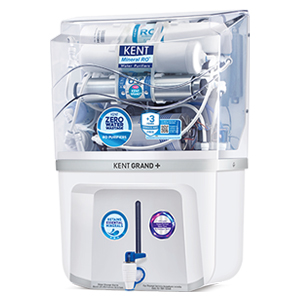
As stated earlier, an average human wastes about 12 gallons of water while filtering drinking water through the Reverse Osmosis process (RO). But with KENT’s Zero Water Wastage Technology, you can ensure zero wastage of water while the purification process is on, unlike with other RO filters.
In this technology, unlike the conventional ROs, the rejected water is pushed back to the overhead tank, hence there is zero water wastage. KENT’s RO with Zero Water Wastage comes with the multistage purification technology with a promise of 100 percent pure water and that too without wasting any water. And all this comes at a very pocket-friendly price. So, let’s not waste time thinking, and make the use of latest technology to save water.


